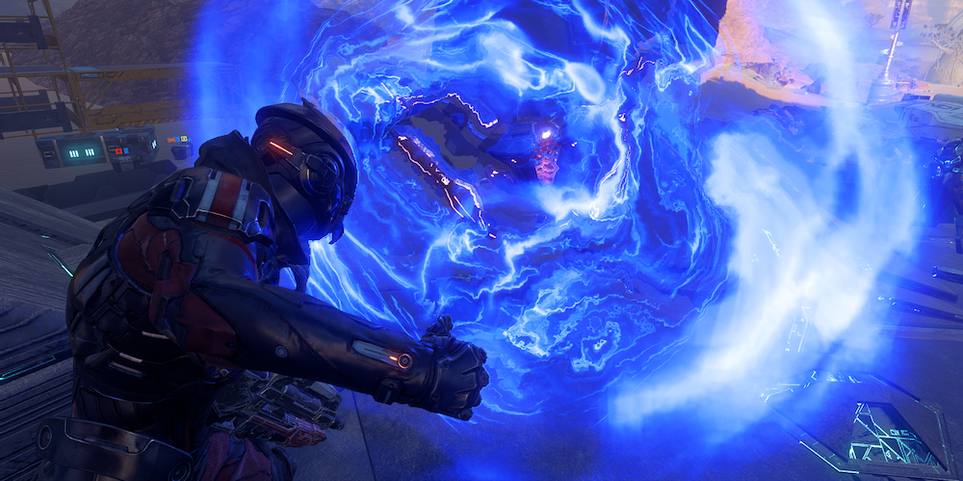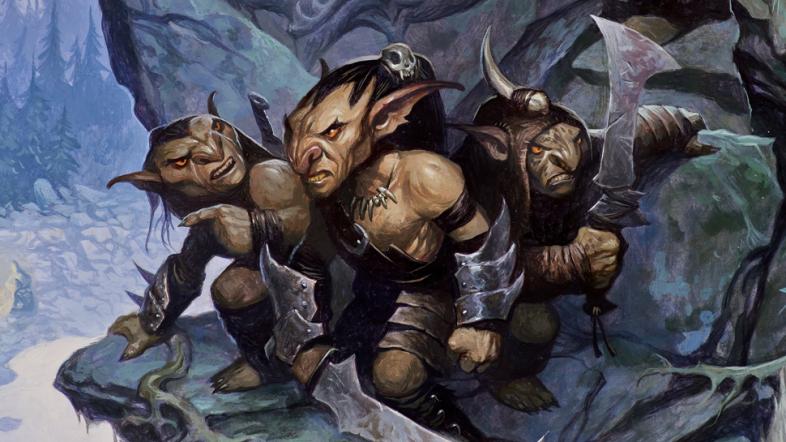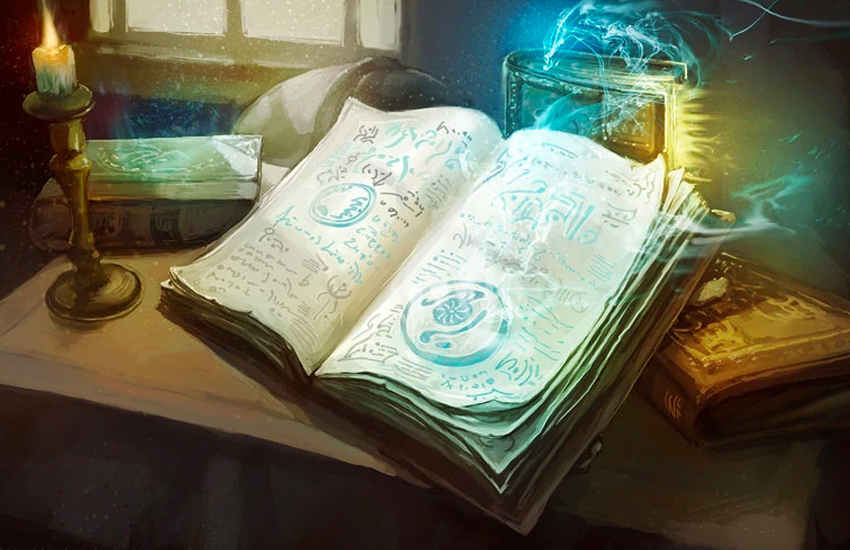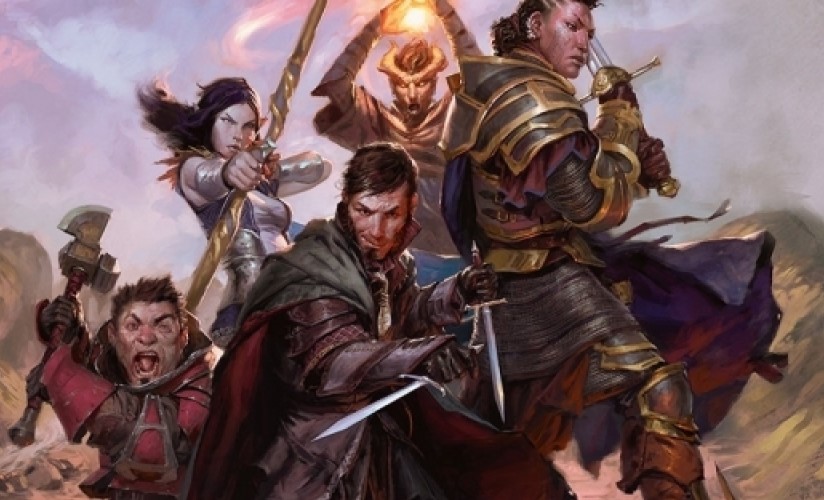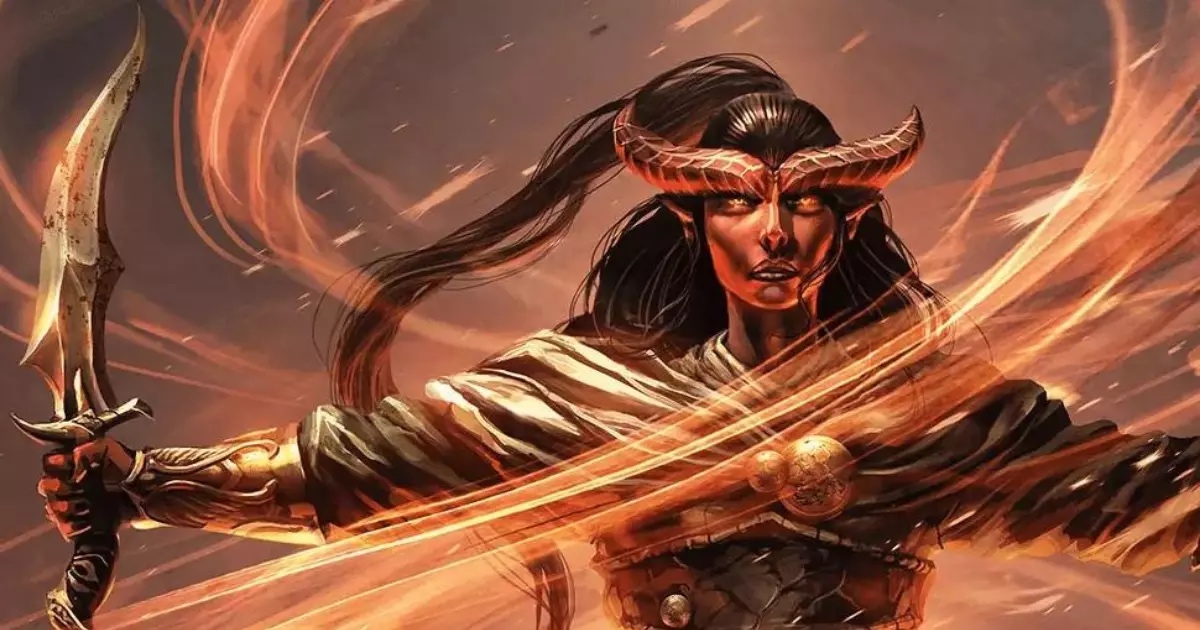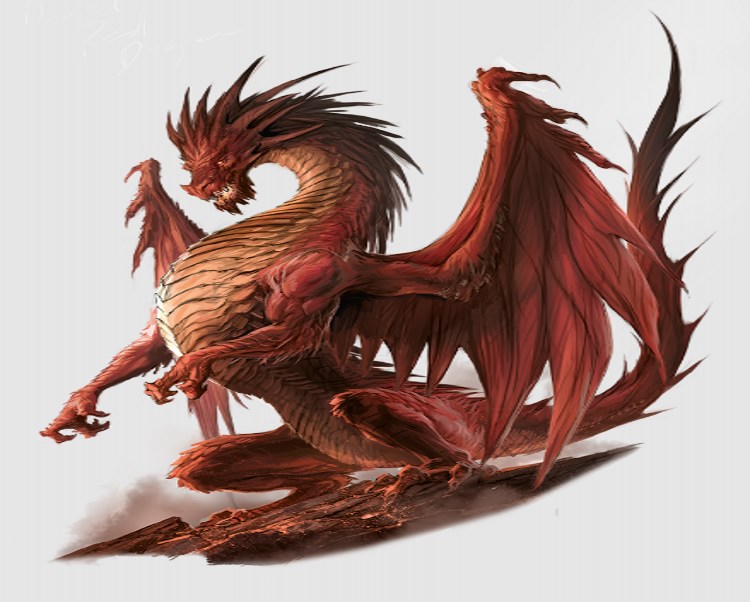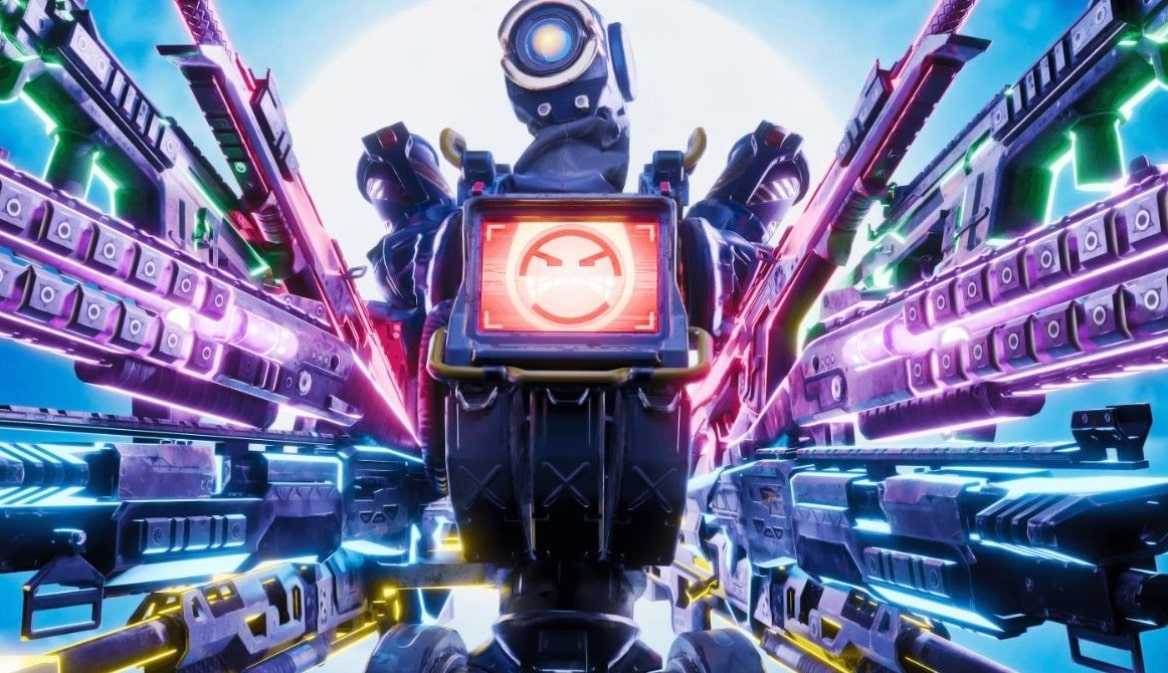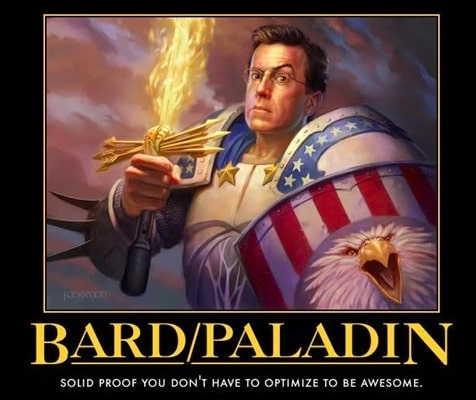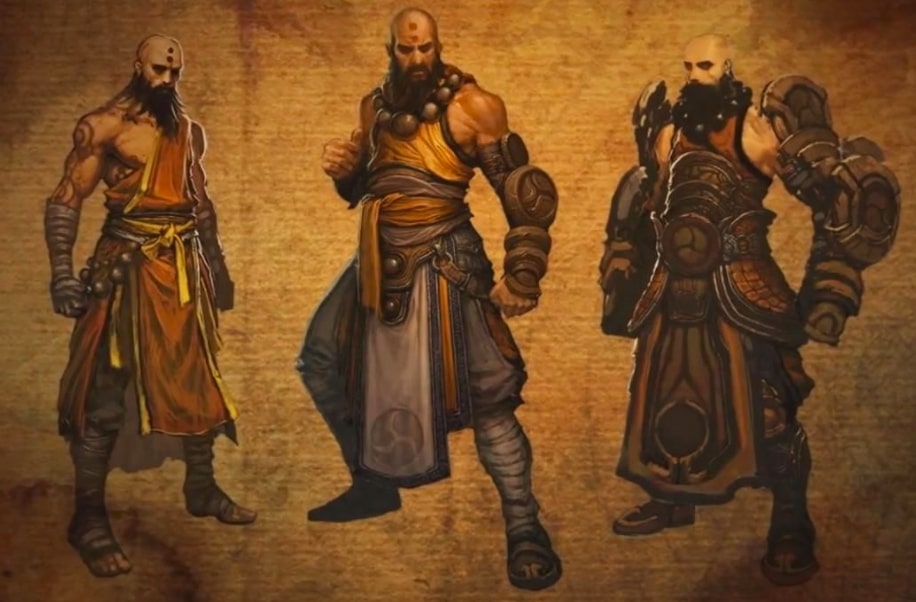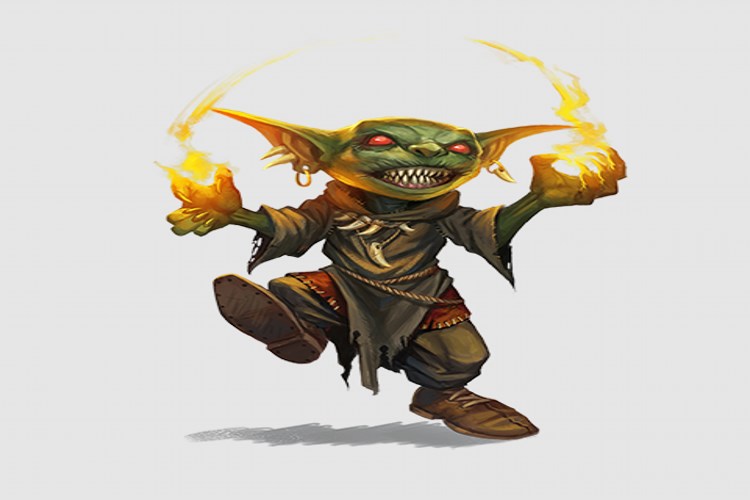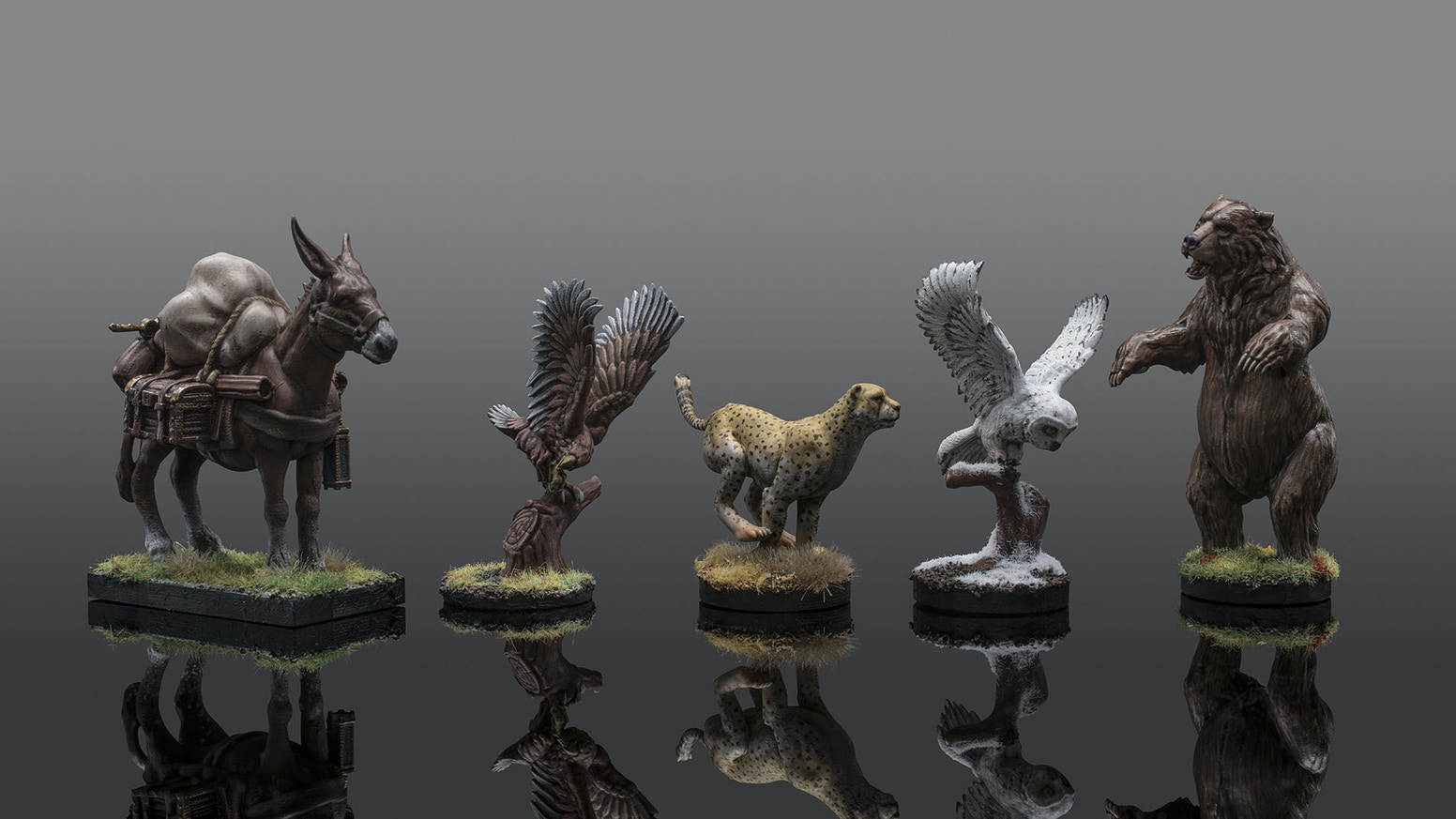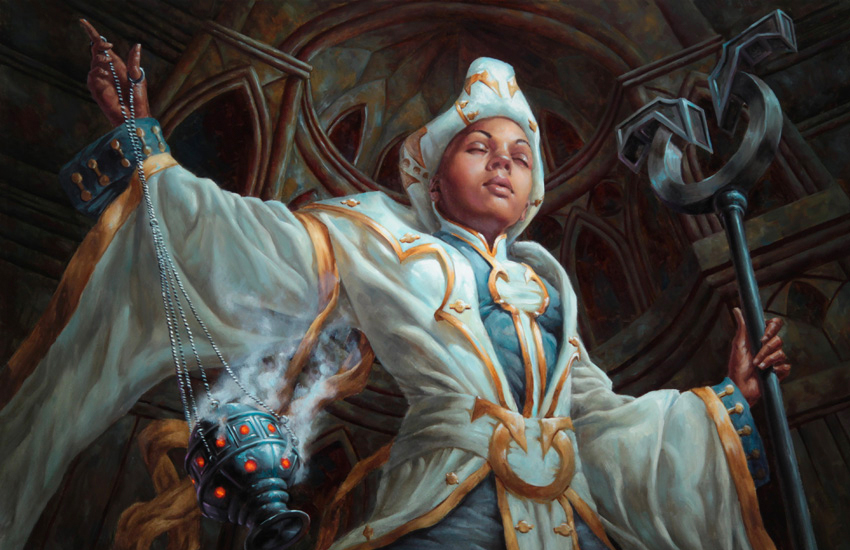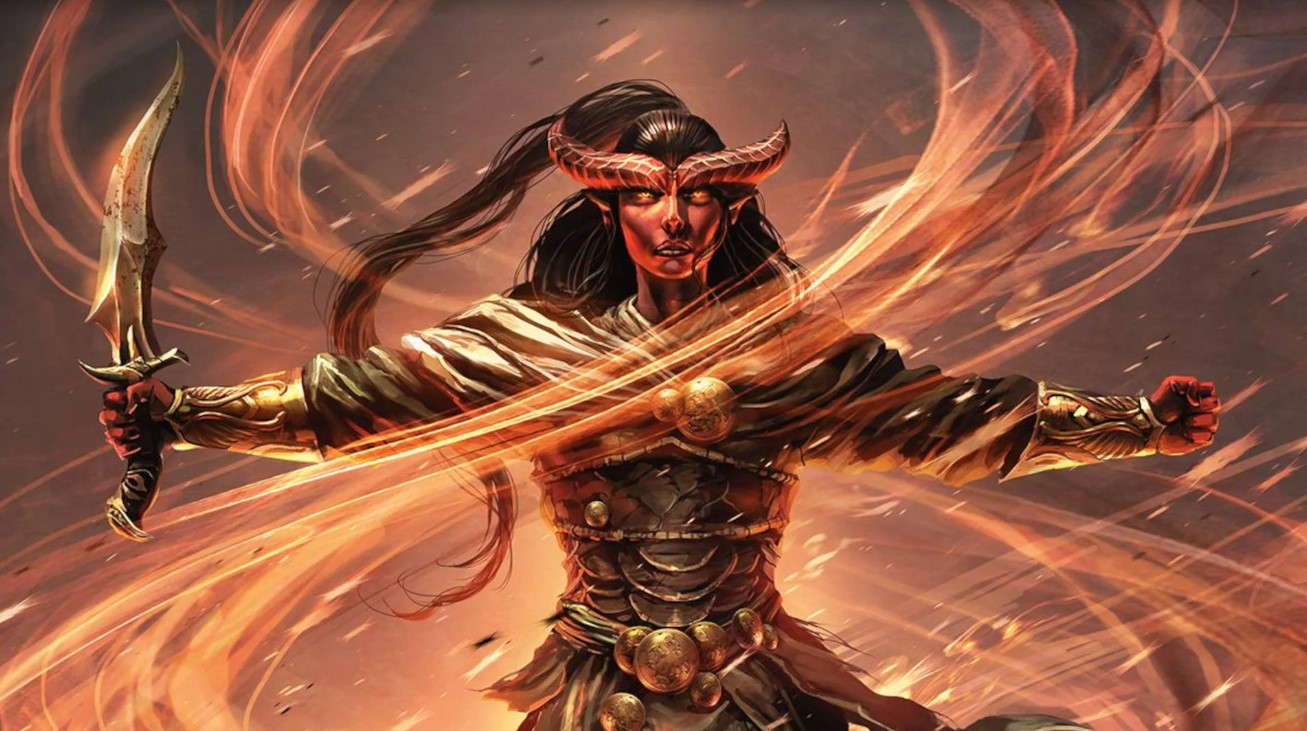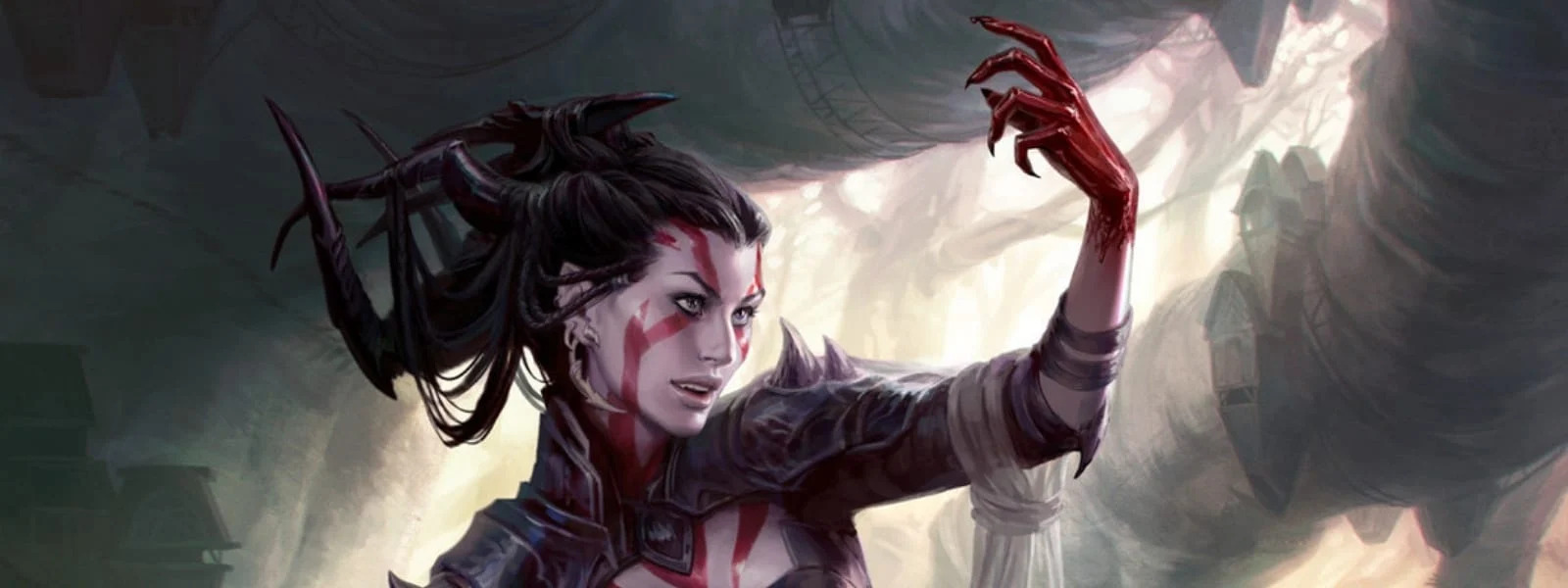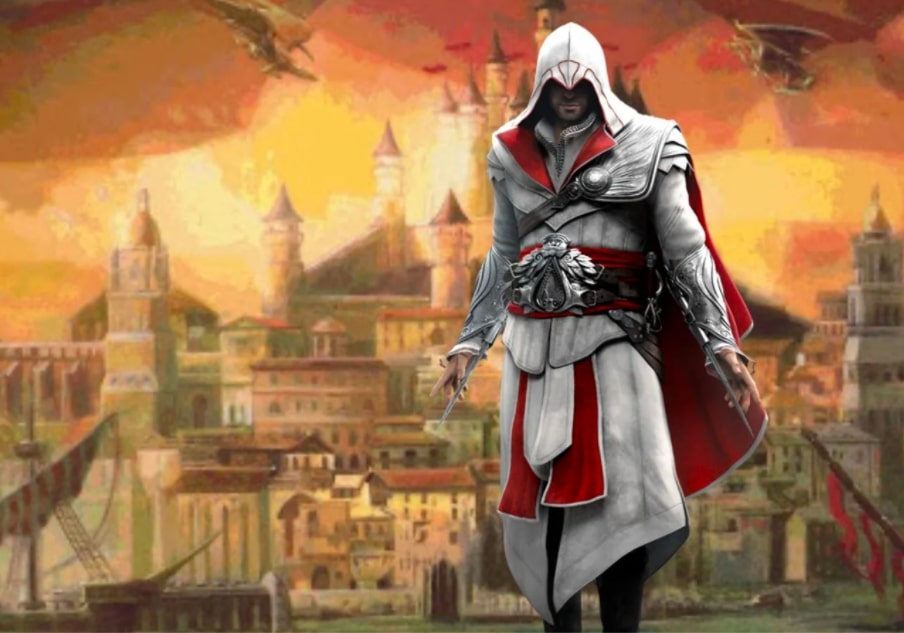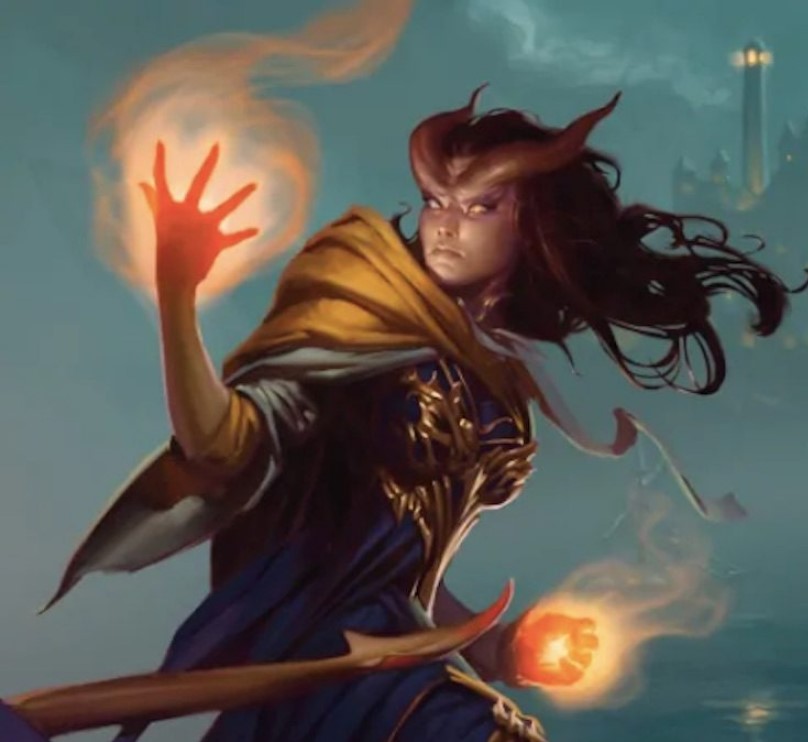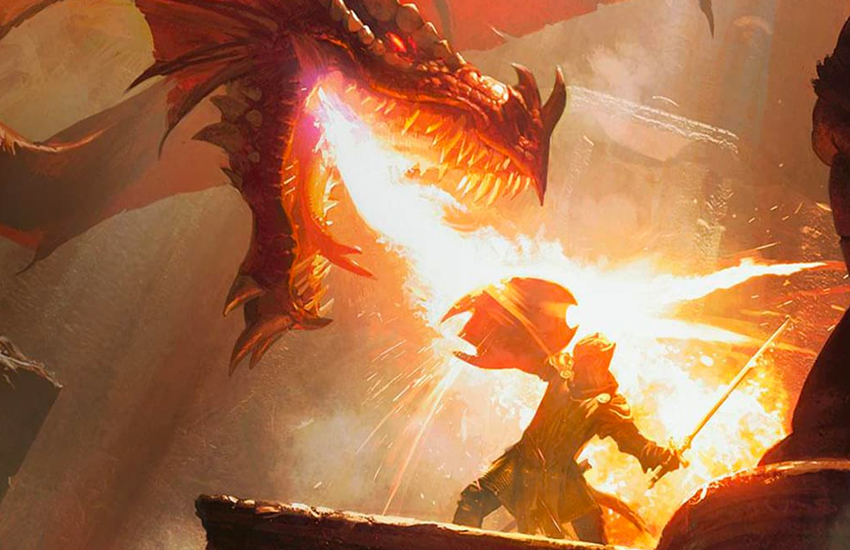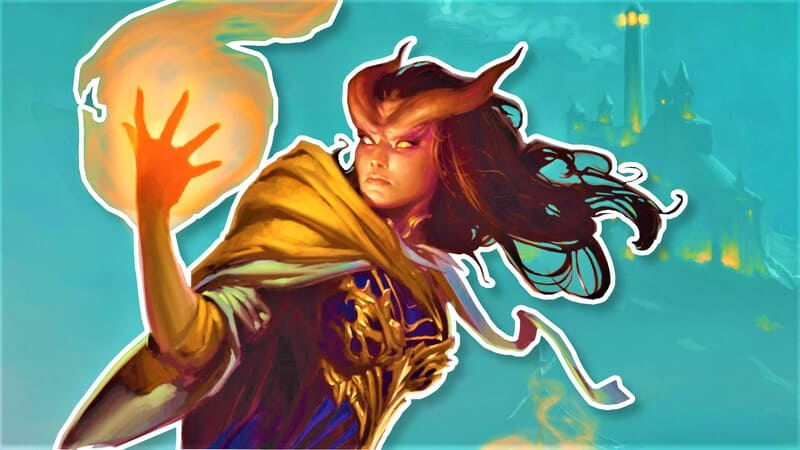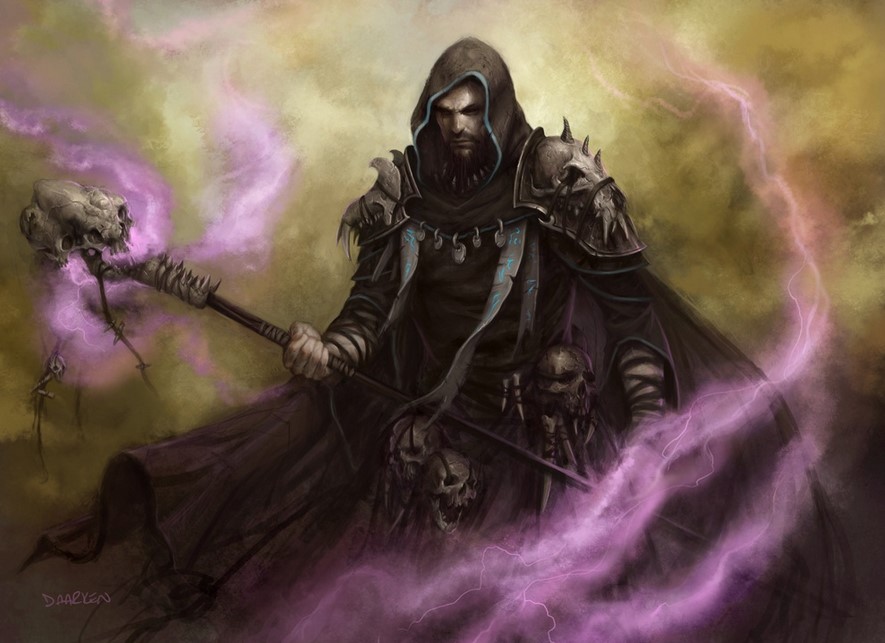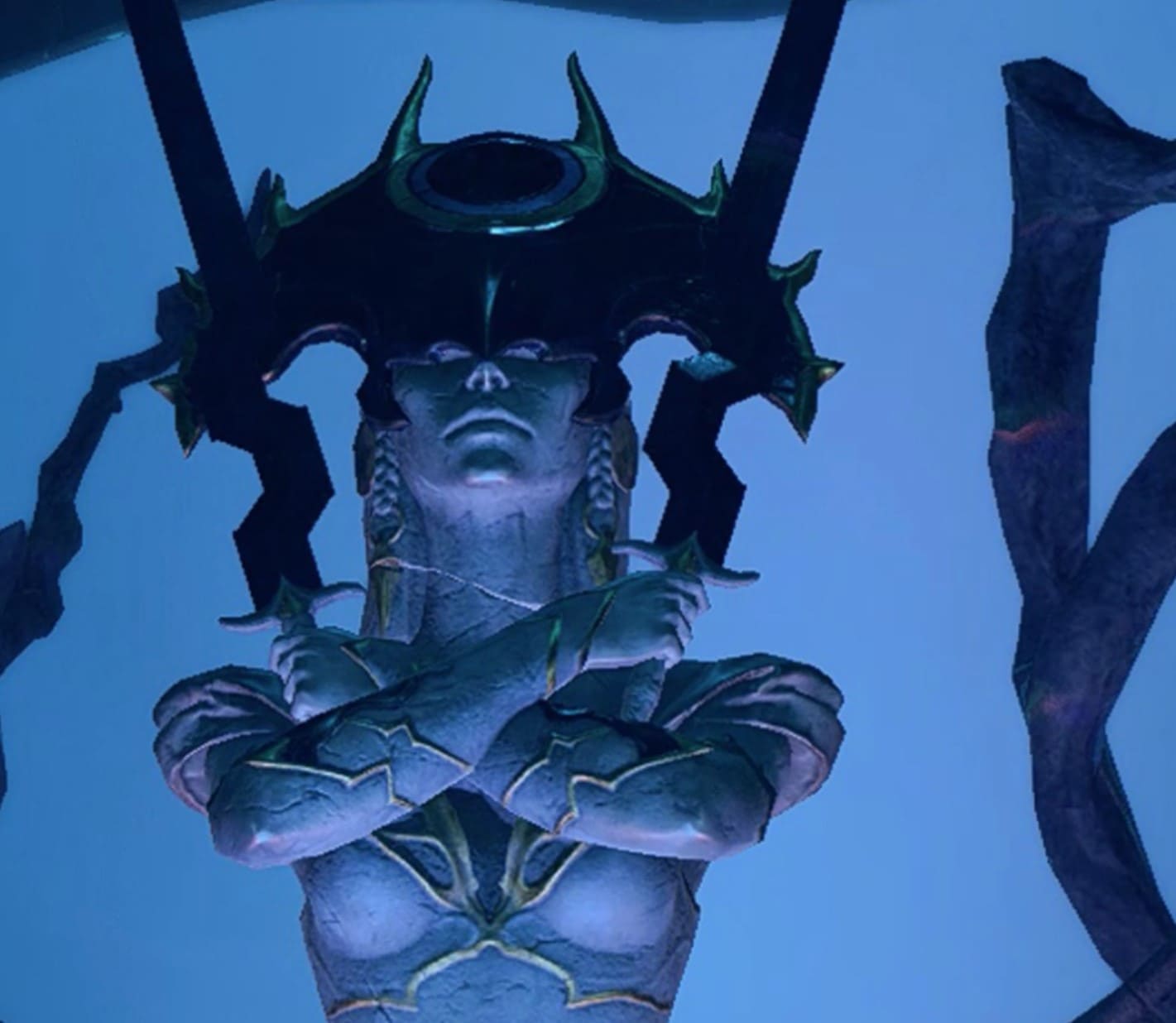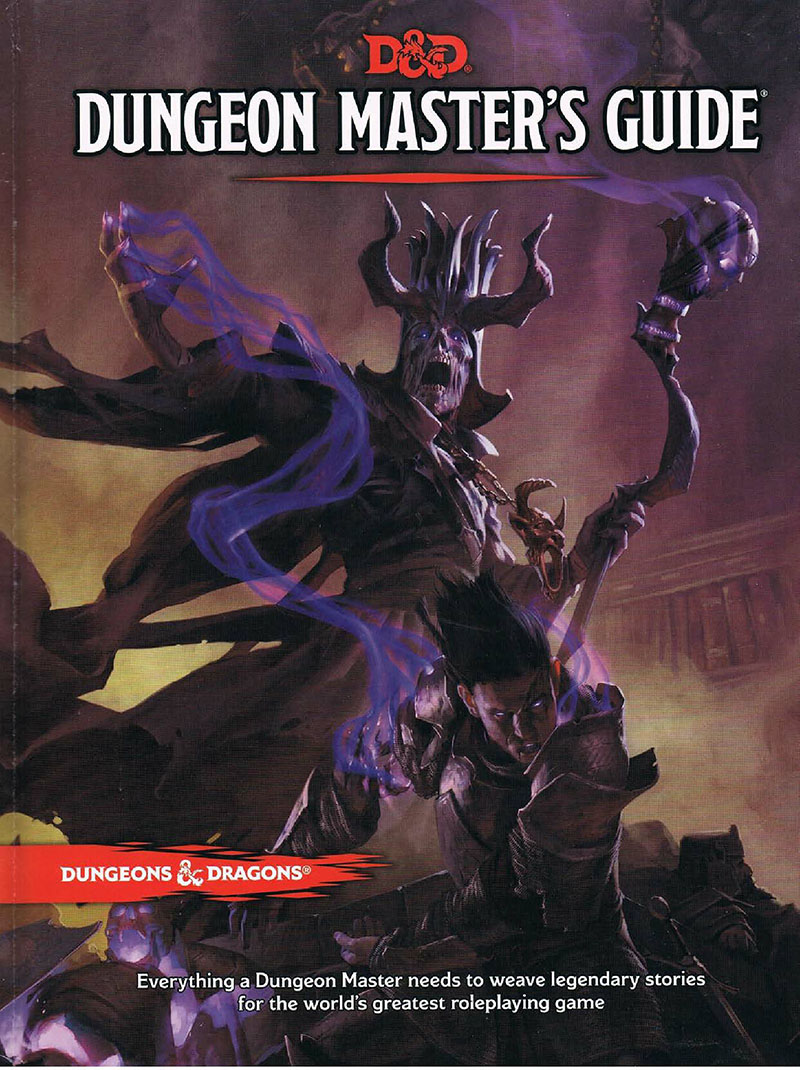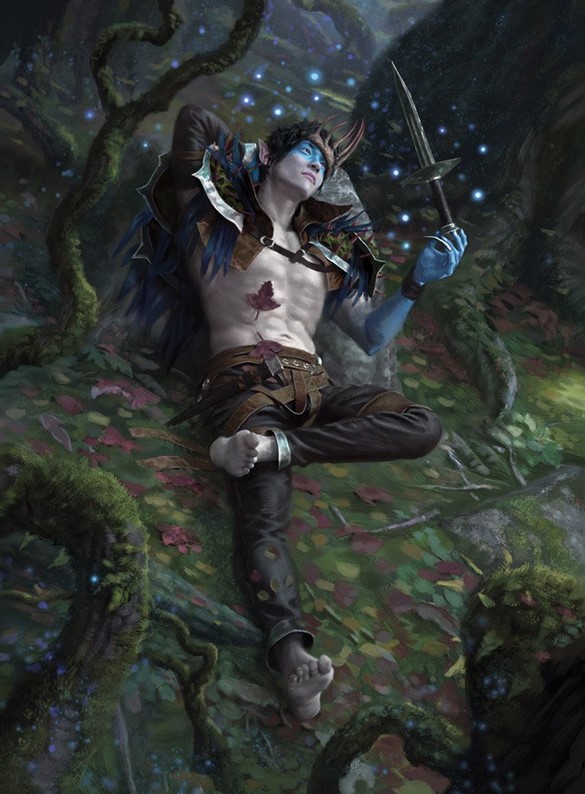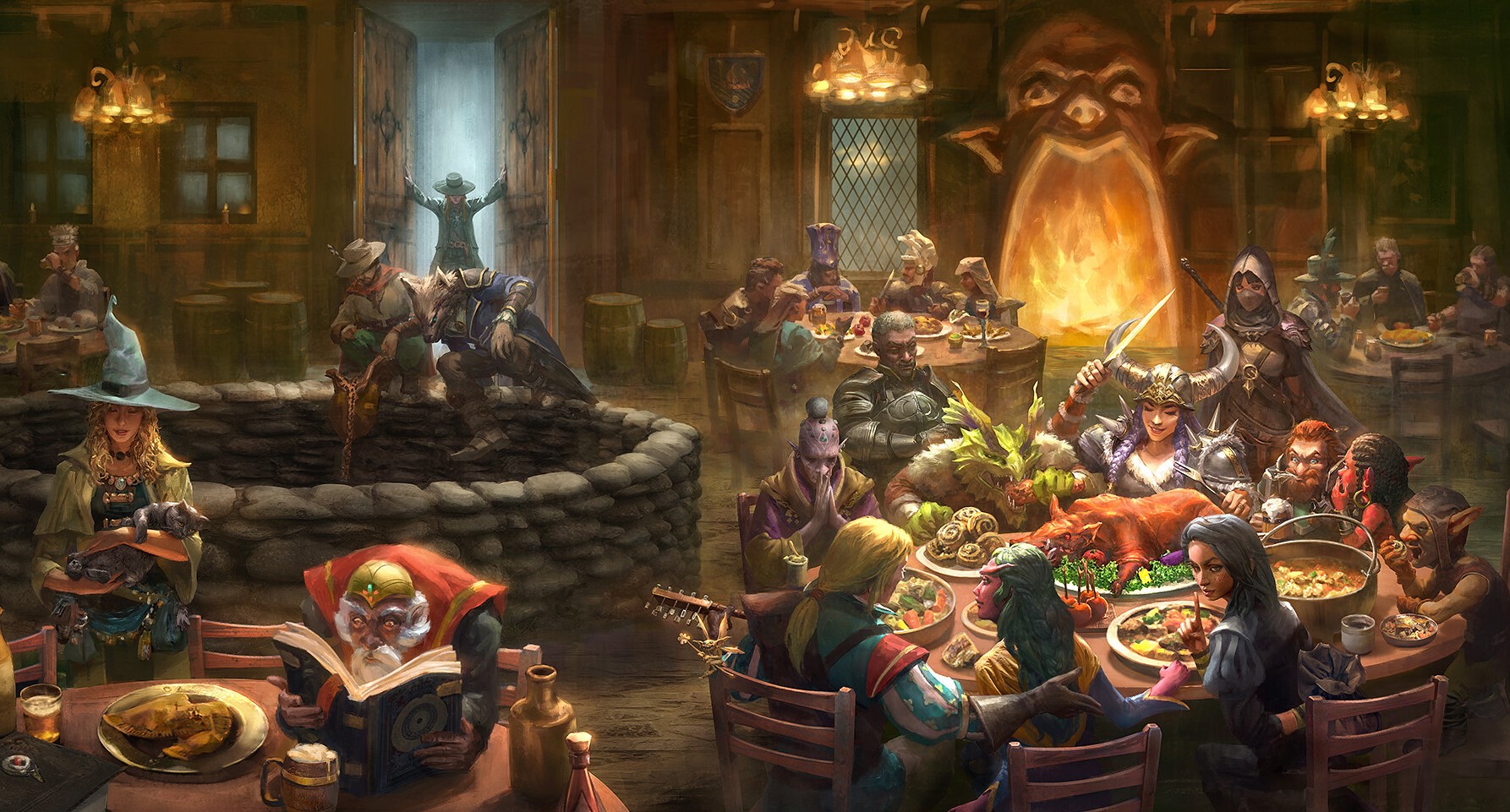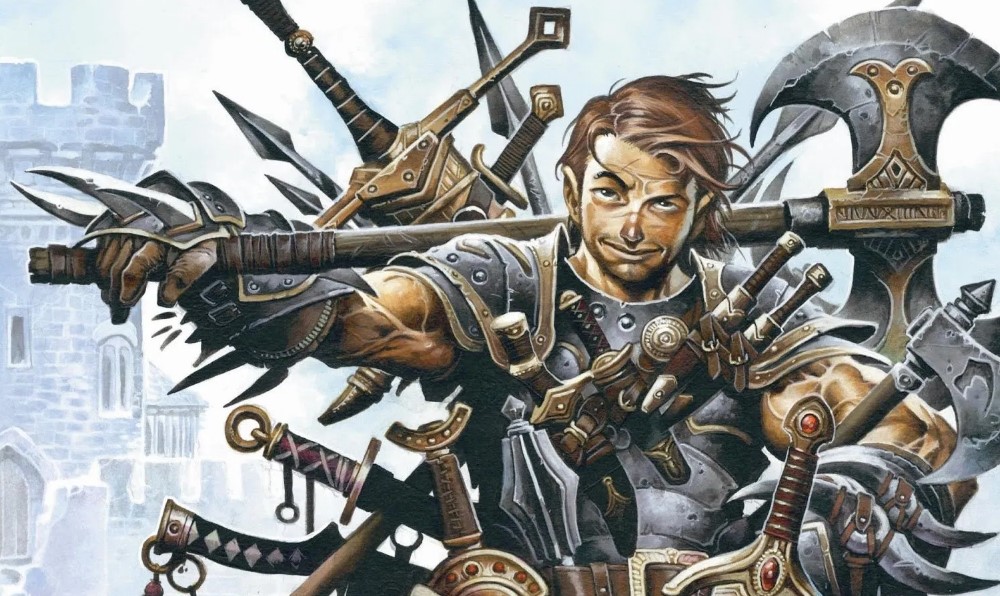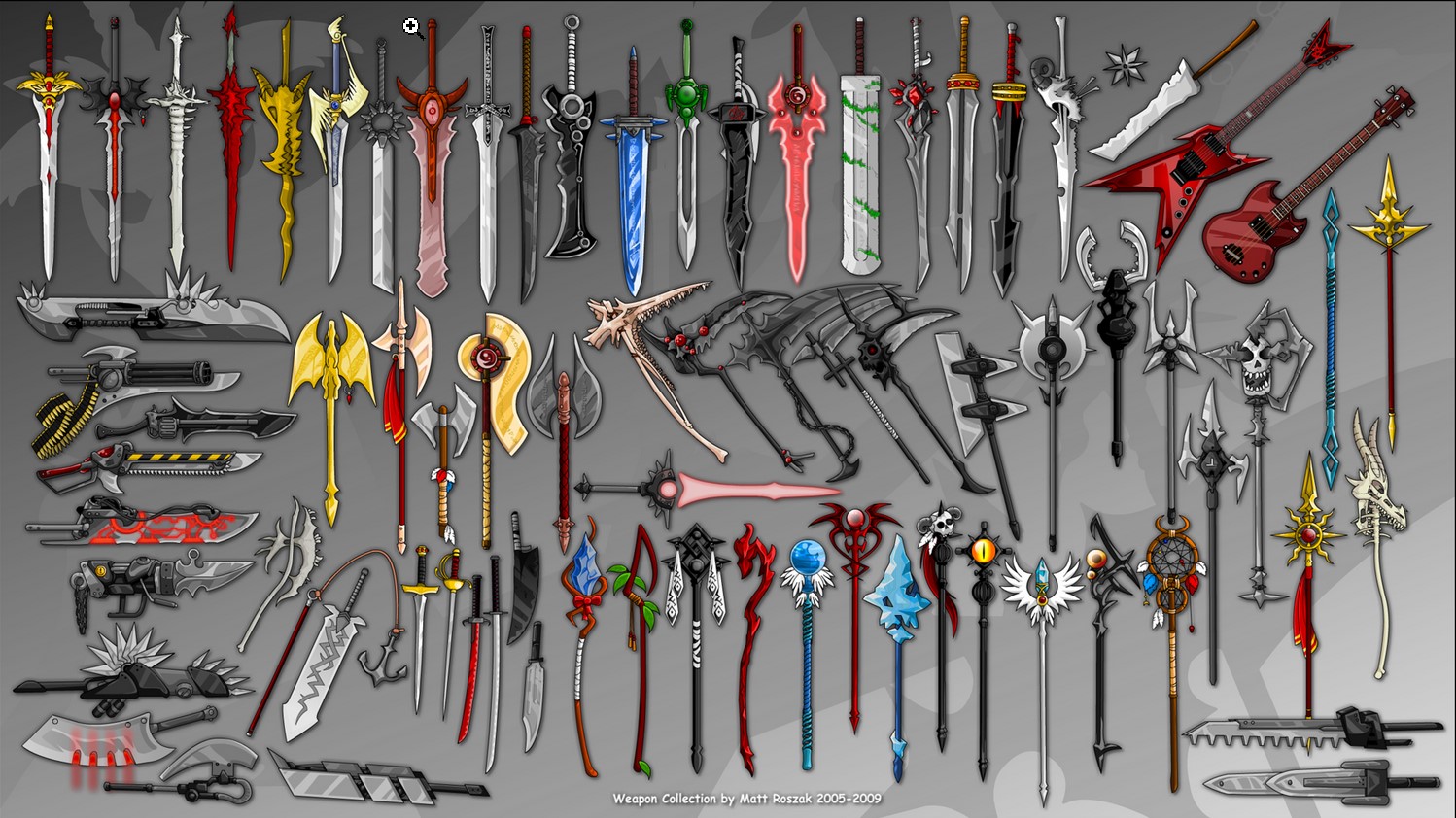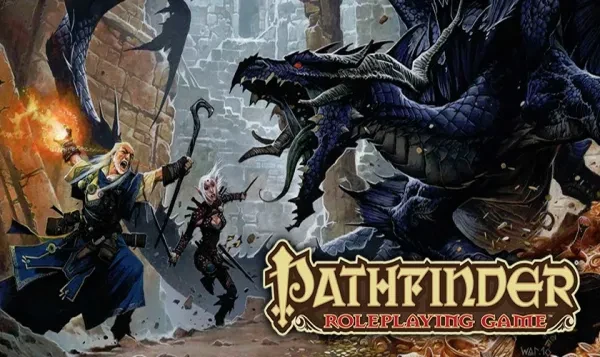
What really are Pathfinder's top-tier classes?
There are forty-four playable classes in the tabletop roleplaying game Pathfinder and this is before things like NPC classes, prestige classes, and archetypes are factored in. With so many options it can be quite daunting to find a class that is both mechanically powerful and provides the kind of gameplay experience you are looking for. The following is a tier list of Pathfinder’s forty-four main classes, with an in-depth look at the S and A Tiers of classes.
S Tier
These classes are capable of doing more or less everything, often times better than other classes that specialize in one thing. They can regularly solve encounters with singular abilities and require little thought from the player. At high levels, these classes can pretty literally change the world. If played well these classes can be game breaking and require a skilled DM to provide them with suitable challenges. This tier includes:
- Arcanist
- Cleric
- Druid
- Shaman
- Witch
- Wizard
A Tier
These classes tend to have as much raw power as S Tier classes but with a much smaller toolkit. Any of these classes is capable of anything, but no single class can do everything. This tier includes:
- Oracle
- Psychic
- Sorcerer
- Summoner (Chained)
B Tier
These classes tend to fall into two camps, specialists that do one thing very well and generalists that do a lot of things at an okay level. These classes do occasionally possess a mechanic or ability that can immediately resolve encounters, but those are rare exceptions. It is also worth noting that this tier contains a multitude of Pathfinder’s two-thirds casters. This tier includes:
- Alchemist
- Bard
- Bloodrager
- Hunter
- Inquisitor
- Investigator
- Magus
- Medium (Archmage or Hierophant)
- Mesmerist
- Monk (Unchained)
- Occultist
- Rogue (Unchained)
- Skald
- Spiritualist
- Summoner (Unchained)
- Warpriest
C Tier
These classes tend to be specialists that are capable of one thing and are useless when that one thing won’t work or generalists capable of doing many things without really shining. These classes can rarely resolve an encounter with a single ability unless it is a high tailored encounter. This tier includes:
- Antipaladin
- Barbarian (Chained)
- Barbarian (Unchained)
- Brawler
- Fighter
- Kineticist (Optimized)
- Medium (Without Archmage or Hierophant)
- Ninja
- Paladin
- Ranger
- Slayer
- Vigilante
D Tier
These classes are capable of doing one thing and even then, it’s often done better by other classes or they are so unfocused that they can hardly contribute to any encounter. These classes include:
- Cavalier
- Gunslinger
- Kineticist (Blaster)
- Monk (Chained)
- Rogue (Chained)
- Samurai
- Shifter
- Swashbuckler
Arcanist (S Tier)
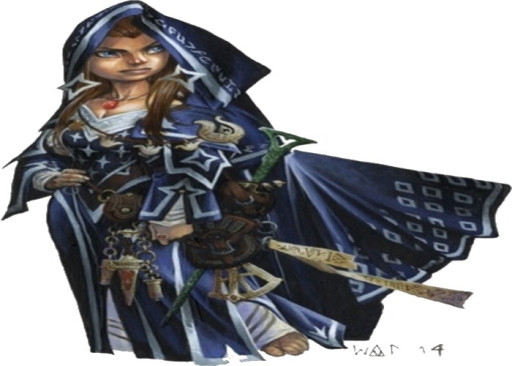
Enora is Pathfinder's iconic halfling Arcanist.
The Arcanist is a class that manages to be both easy to play and fun to play. One of Pathfinder’s many “Hybrid Classes” the Arcanist combines a Wizard’s spell list with a Sorcerer’s ability to spontaneously cast.
Arcanist Strengths:
- Very easy to play.
- Large spell list.
- Prepare your spells daily, then cast them spontaneously.
- Many “Arcanist Exploits” are quite powerful.
Arcanist Weaknesses:
- One level delay on spell-levels.
- Worse than a wizard at odd numbered levels.
Cleric (S Tier)
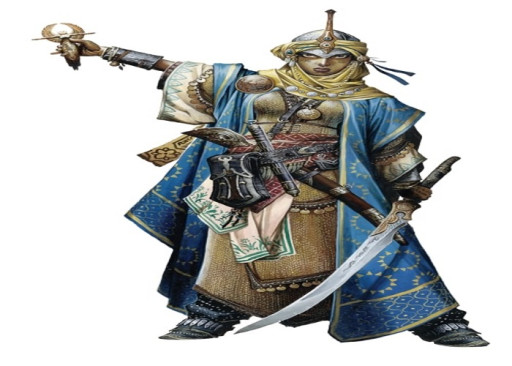
Kyra is Pathfinder's iconic human Cleric (of Saranrae),
Boasting one of the most versatile spell lists in the game and not having to worry about spell failure, the Cleric is one of Pathfinder’s greatest multitools. Armed with offensive, defensive, and healing spells (all with the option to change your allotment every morning) and with a natural hardiness that lets them wade into melee, there are few problems a Cleric can’t solve.
Cleric Strengths:
- Spontaneous casting of healing spells.
- Access to medium armor.
- A versatile spell list.
Cleric Weaknesses:
- Very few class features.
Druid (S Tier)
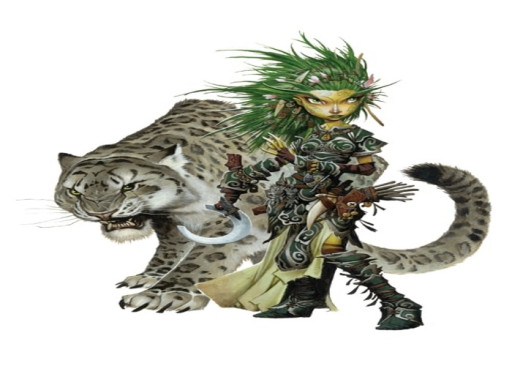
Lini is Pathfinder's iconic gnome Druid.
If one were to only take into account only their unique and well-rounded spell list the Druid would already be quite the formidable class however, when you add in both an Animal Companion and Wild Shape Druids become something else entirely. Between their full casting, their Animal Companion, and the unparalleled versatility of Wild Shape a Druid is capable of fulfilling all the roles of a full party single- handedly.
Druid Strengths:
- Nigh unparalleled versatility.
- An incredibly strong spell list.
- An Animal Companion.
Druid Weaknesses:
- Generally speaking, playing a Druid requires a lot of bookkeeping.
Shaman (S Tier)
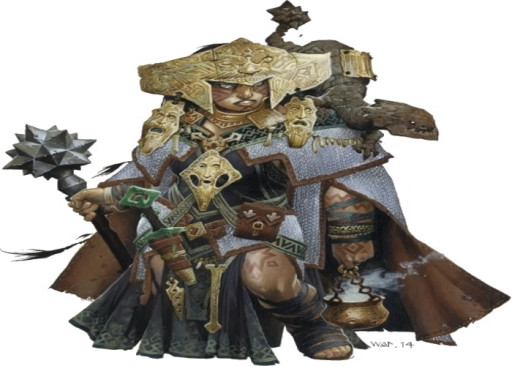
Shardra Geltl is Pathfinder's iconic dwarf Shaman. She's also canonically transgendered, Pathfinder's first iconic character to be so.
The Shaman is a very interesting class, gaining a varied allotment of spells and abilities that evoke both the Druid and the Witch. Shaman is another of Pathfinder’s “Hybrid Classes” and it is a somewhat strange hybrid indeed. Combining the inclination towards debuffing and much of the flavor of the Witch with the spontaneous divine casting of the Oracle the Shaman both fits a specific niche and is capable of being a solid generalist.
Shaman Strengths:
- Access to unique and powerful “Hexes” alongside some of the standard Witch “Hexes.”
- Remarkable versatility through both the “Wandering Spirit” and “Wandering Hex” class features.
Shaman Weaknesses:
- At higher levels, the Shaman tends to suffer from a lot of bookkeeping.
- Tends to be outshone by Druids.
Witch (S Tier)
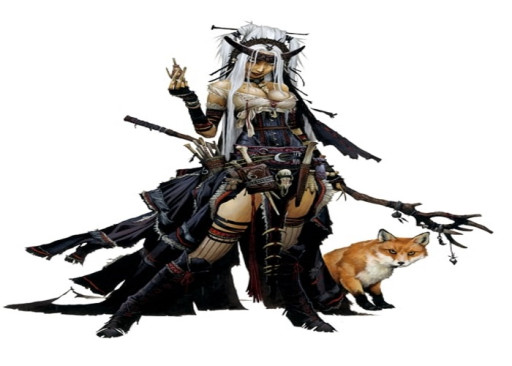
Feiya is Pathfinder's iconic human Witch, her fox's name is Daji.
The Witch gets a wide array of amazing spells from the Cleric, Druid, and Wizard spell lists; which can be even further supplemented by their “Patron Spells.” On top of this the “Hex” class feature, while it does include some duds, features many options that range from good to great.
Witch Strengths:
- A highly varied spell lists.
- Several “Hexes” (i.e. Slumber, Cackle, and Evil Eye) can be game breaking at low-to-mid level play.
Witch Weaknesses:
- While many “Hexes” are good just as many, if not more, are mediocre at best.
- The Witch’s “Patron Familiar” is much more vulnerable than the options used by classes with a similar mechanic such as Shaman or Wizard.
Wizard (S Tier)
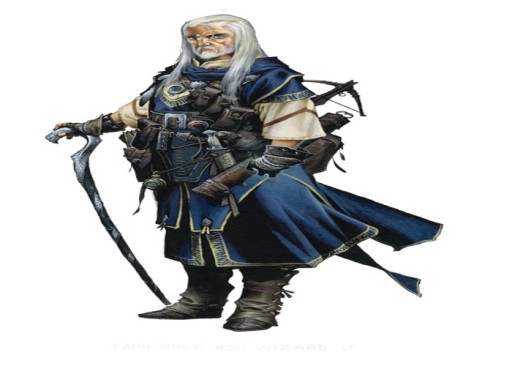
Ezren is Pathfinder's iconic human Wizard.
If you take a look at the Wizard’s spell list it is pretty clear why they are in S Tier. Wizards have, pretty objectively, the best spell list in the game; they quite literally have spells that can do anything that is needed. This sheer versatility is why many consider Wizard to be not only S Tier, but the single best class in the game.
Wizard Strengths:
- Unparalleled versatility.
- Their bonus “Scribe Scroll” feat allows for stockpiling of situational spells.
Wizard Weaknesses:
- At low levels, you will need to carefully manage your spell slots, lest you need to resort to the “crossbow of shame.”
- The occasional anti-magic field or golem may cause difficulties if not prepared for ahead of time.
Oracle (A Tier)
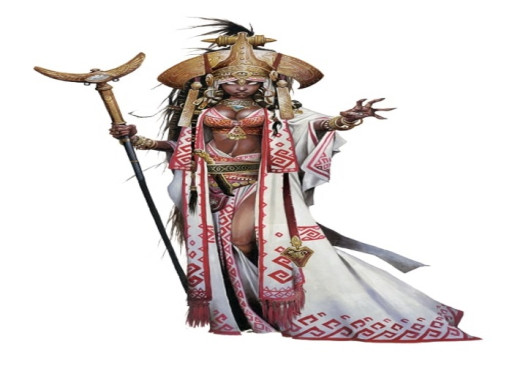
Alahazra is Pathfinder's iconic human Oracle.
Much like the Sorcerer (which we’ll cover later) the Oracle sticks to what defines an A Tier class almost to the letter. They have a very powerful spell list (drawing from the same pool as the Cleric, with additional Oracle exclusive spells) but the fact that the Oracle must lock into their choices makes them lose the flexibility that makes Clerics as good as they are.
A well-planned Oracle that takes full advantage of their “Mystery” and “Curse” class features can gain a lot of flexibility, possibly even enough to bump them up to S Tier; but it takes a lot more work and system mastery to make an Oracle S Tier than it does to make a Cleric S Tier.
Oracle Strengths:
- The “Mystery” and “Curse” class features allow a surprising amount of creative control when making a character.
- Access to an amazing spell list.
Oracle Weaknesses:
- Lacks the flexibility of the Cleric.
- Gains spell slots one level later than Clerics.
Psychic (A Tier)
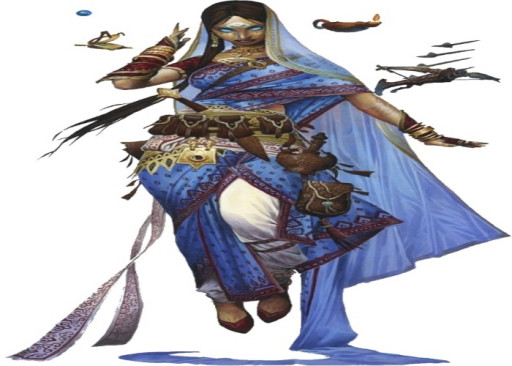
Rivani is Pathfinder's iconic human Psychic.
The Psychic is the “Occult Magic” equivalent of the Sorcerer and Oracle. However, the Psychic doesn’t (at the time of writing this) have access to the multitude of options that allow the Oracle and Sorcerer to occasionally cross the line into S Tier, firmly planting Psychic as an A Tier class.
Psychic Strengths:
- Access to a very unique spell list.
- “Phrenic Amplifications” and “Disciplines” allow for a fair amount of variable building options.
Psychic Weaknesses:
- Being relatively new, the Psychic is lacking options compared to many other classes.
- Like all the “Occult Casters” any encounter in which Fear conditions are involved can be quite problematic.
Sorcerer (A Tier)
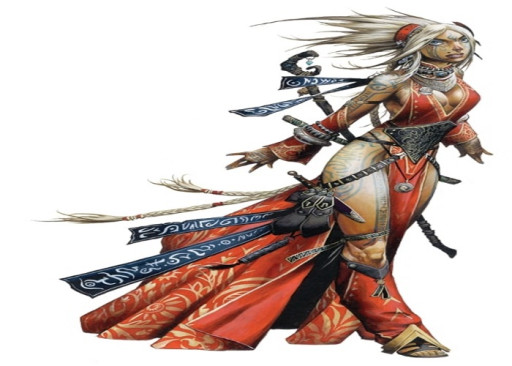
Seoni is Pathfinder's iconic human Sorcerer.
Much like the Oracle (which we covered earlier) the Sorcerer takes what it means to be an A Tier class and runs with it. A Sorcerer has access to all the raw power of a Wizard, but must lock in their spells with only a few options to make changes.
That being said, a well-planned Sorcerer that takes full advantage of their “Bloodline” class feature and items such as Mnemonic Vestments can bridge the gap and cross into S Tier.
Sorcerer Strengths:
- The “Bloodline” class feature allows for a lot of variety in character creation.
- Access to one of, if not the, best spell lists in the game.
Sorcerer Weaknesses:
- Gain spell slots one level later than Wizards.
Summoner (Chained) (A Tier)
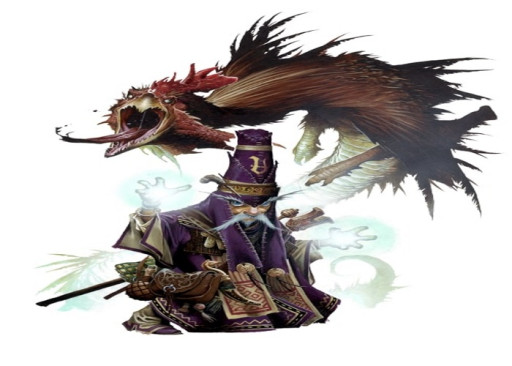
Balazar is Pathfinder's iconic gnome Summoner, his Eidolon's name is Padrig.
The Summoner (Chained) is a unique entry here for quite a few reasons, the most notable being that it only ever gets 6th-level spells. However, they get an Eidolon which is obscenely powerful, access to Summon Monster IX, and many of their spells (despite being 5th and 6th-level spells for the Summoner) are higher-level spells for other classes; allowing the Summoner to have access to spells other 6th-level caster never even dream of and allowing for discounted crafting for high- level magic items.
Summoner Strengths:
- Early access to powerful spells.
- The (Chained) Eidolon is quite easily the most customizable “companion class feature” in the game. On top of that they snowball in power rapidly if even a modicum of optimization is applied.
Summoner Weaknesses:
- Small spell list.
- Few spells known.
- Somewhat dependent on their Eidolon.
You May Also Be Interested In:

